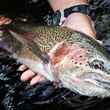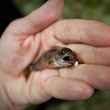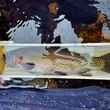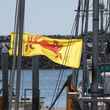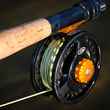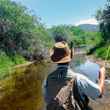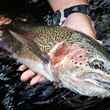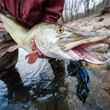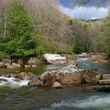I'm not an expert caster. I don't give casting instruction to anyone but beginners. I'm not one of those casters that can chuck an 80 foot cast in 30 mile-per-hour winds. It has to be a good day, with the stars in perfect alignment, for my double-haul to really be a smooth operation. That said, I'm a competent caster. I don't have trouble turning over big stuff, distance casts aren't usually a problem and I've got pretty good accuracy. In my humble opinion, I'm a somewhat above-average caster that possesses the knowledge of what I should be doing, but doesn't always do it. By my best guess, that means I'm like the majority of avid fly fisherman out there. So, if you want an expert review on a fly line, on exactly why the tapers and core construction make one line different from the next, you probably don't want my review. If you want some first-hand experience on how a line performs in the field for a typical fly fisherman, you might want to keep reading.
I was eager to put Airflo's Ridge Redfish line to the trip on my recent trip to South Carolina. I had been out for redfish in May, with a line not suited to the conditions, and it had presented a number of challenges both in turning over larger redfish flies and, more importantly, when shooting line. I had also recently fished one of Airflo's ridge trout lines, and was impressed by how effortlessly the line glided through the guides on my 5 weight, so I was eager to see what the 8 weight tropical version could do.




